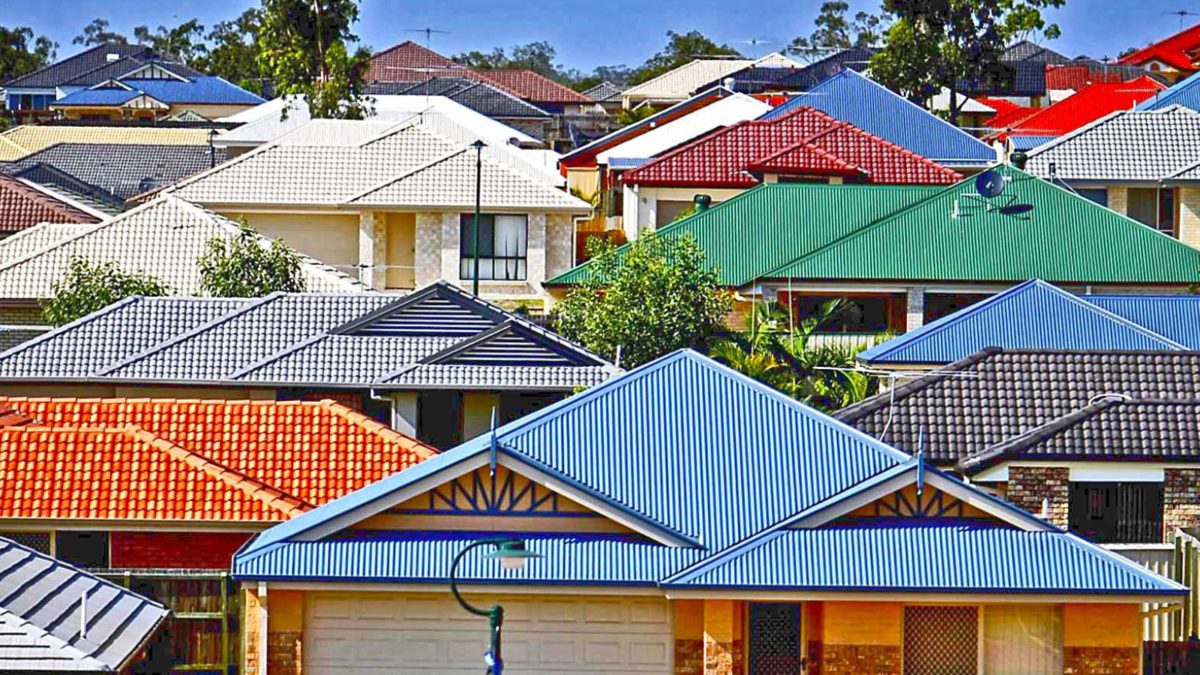Are we talking about the wrong bubble?
“Am I worried about asset prices rising too quickly? At the moment, I don’t see anything that’s unsustainable”. That was RBA Governor Philip Lowe earlier this month, responding to a Parliamentary Committee’s intense questioning. The questions came after the RBA decided to double the QE (quantitative easing) program that just 18 months ago it suggested was unlikely to be used, while it also fixed the cash rate to 0.1% until at least 2024.
On the other side of the world, a Reddit army had seen the share price of two little-known, struggling companies, GameStop and AMC, spike tenfold, once again accelerating the chorus of calls that the equity market is in a “bubble.” As a financial adviser who owns property, I may well struggle to be objective on both fronts, but anecdotal evidence alone would suggest that “bubble”-like conditions are entering the residential property market in Australia.
A short walk around the neighbourhood or even down one of the too-popular holiday destinations on Victoria’s Mornington Peninsula shows a property market in rude health. No sooner do “for sale” signs go up, the properties are “under offer” and even sold before even nearing the auction date.
It would seem that 2021 has created the perfect storm of conditions for the property market. On the one hand, the RBA cash rate has been fixed at just 0.1%, while the QE policy has been designed specifically to reduce the cost of capital for banks. This has seen many variable interest rates fall below 3%, allowing both homeowners and investors alike able to leverage-up more than ever before in their pursuit of the Great Australian Dream.
Combine this with people, in Melbourne at least, who have been locked in their homes for up to 23 hours a day for months on end in 2020, and there is little doubt many are reconsidering the “small negatives” about their homes and seeking an upgrade. In recent months, State governments have openly considered removing one of the most inefficient taxes in the world, stamp duty, which would likely further stimulate an already-hot sector.
The near-term outlook for property is clearly positive, driven almost solely by a lack of alternatives, but is it sustainable in the longer term? The RBA – and most central banks, for that matter – have the important role of supporting the confidence of the financial system, which is why their communication can be more important than their action. By suggesting that interest rates will not increase for several years, central banks are providing confidence and urgency for those considering major investment decisions.
It is central bank Policy 101 and a key to avoiding the dreaded ‘deflation’. Deflation can be a nasty spiral, where investors and consumers alike hold-off on spending as they believe prices will be lower in the future. The RBA and governments are clearly targeting and thus far delivering on the opposite; there is a clear urgency in property markets at the current time.
In such a hot market there are a number of big questions that prospective property buyers must consider. Are they buying for rental income? Taxation benefits? Or a relatively quick capital gain? Do they intend to sell, or is this the beginning of a buy-and-hold portfolio of property? Residential property investment, as compared to say share market investing, has the added benefit and drawback of offering the ability to leverage your investment four times. That is, with a 20 per cent deposit of say $200,000, someone will lend you four times your money, or $800,000, to buy a $1 million property; this clearly amplifies your potential gains and losses.
The under-appreciated risk, however, is that of interest rates. Naturally, having lived through a 30-year period where we have never really seen interest rates increase sustainably, it is only natural for property investors to assume they will stay “lower for longer.” But the bond market, which like all markets attempts to forecast the future, is telling us another story. Despite monetary policy, the Australian 10-year government bond yield this week reached 1.2%, after being as low as 0.80% in October 2020.
Increasing interest rates are clearly a risk for property markets, with variable-rate mortgages more difficult to service and affordability for new mortgages, and buyers, reduced, should they materialise. On the other hand, interest rates tend to be less important for share markets, primarily because they are made up of many types of businesses, which react in different ways to changing conditions.
It is anyone’s guess what happens for here, but as usual, with property and equities alike, ‘buyer beware’ is an important warning, as is the need to remove emotion from a FOMO-driven market, wherever that may be.









